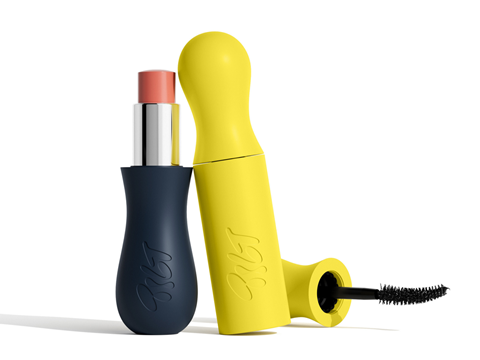
Tilt Beauty offers refillable mascara and lip treatment products in patented ergonomic packaging, intended as an accessible solution for consumers with mobility issues, visual impairments, skin conditions, and other disabilities.
Founder Aerin Glazer designed the products and their packaging in response to her psoriatic arthritis diagnosis and the difficulties disabled consumers face with makeup products and their packaging.
“I experienced chronic painful flare-ups that made using makeup products a constant challenge,” she explained. “I founded Tilt Beauty to create a brand where beauty is accessible to everyone. Our mission at Tilt Beauty is to design products that look beautiful and also make everyone feel included.”
Each box seeks to accommodate visually impaired consumers with on-pack Braille and text printed in the Braille Institute’s Atkinson Hyperlegible font for improved readability. An ‘easy-open’ tear strip is also designed to facilitate ‘hassle-free’ unboxing for users with mobility issues.
Reportedly, Tilt Beauty is the first beauty brand to receive Ease of Use certification from the Arthritis Foundation; its independent testing process marks the pack as easy for consumers with arthritis and/or chronic pain to open, hold, and apply.
The Lashscape Mascara and Grip Stick Hydrating Lip Treatment products are described as the first mascara and lip treatment, respectively, to be Ease of Use-certified; each comes in patented ergonomic cases designed for an easy and comfortable grip, with the mascara also featuring a shorter wand for enhanced control over its ‘lash-hugging’ brush.
Tilt Beauty adds that its products are vegan, cruelty-free, and granted The National Psoriasis Foundation’s Seal of Recognition.
The Swedish Rheumatism Association highlighted the dangers of inaccessible product packaging last year, warning that consumers with mobility issues might struggle to open their medicines and resort to using their teeth or a tool, risking injury. Others even choose to skip dosages altogether.
Towards the end of 2024, we published a report taking stock of the accessible packaging landscape as it stands. In the absence of effective legislation around sustainability, disabled consumers speak about their struggles reading on-pack text, sudden changes in packaging designs, and more; yet the tide is slowly turning with the rise of ergonomic design, smart packaging solutions, tactile features, and more.
If you liked this story, you might also enjoy:
Reuse vs. single use – which is better for the environment?
Sustainable Innovation Report 2025: Current trends and future priorities
What can the world learn from South Korea’s world-leading performance in plastics circularity?

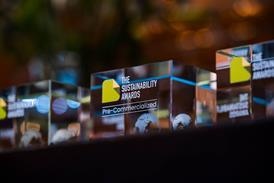
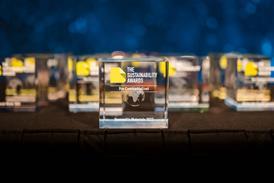
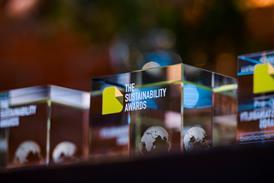

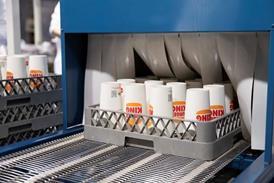












No comments yet